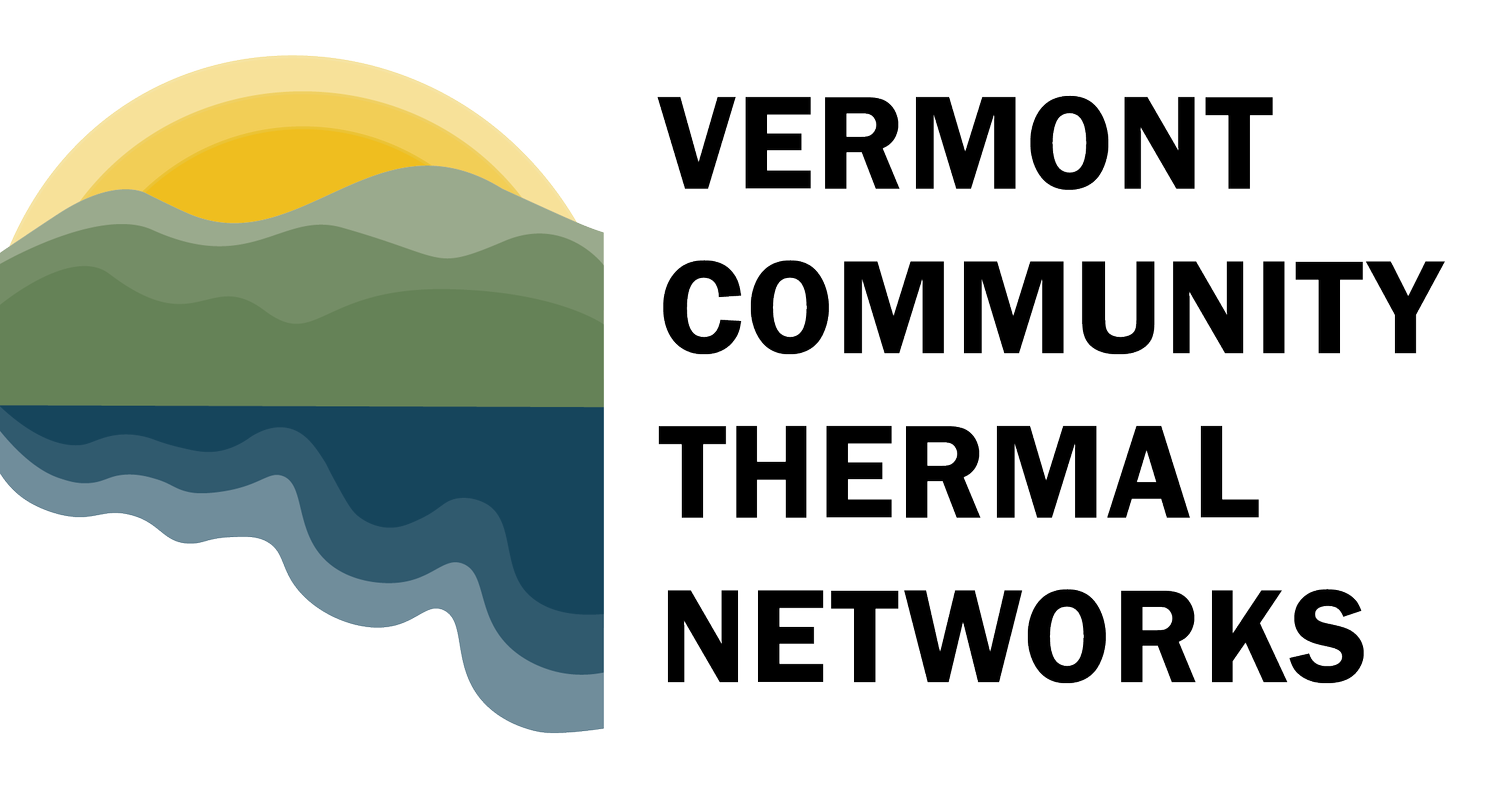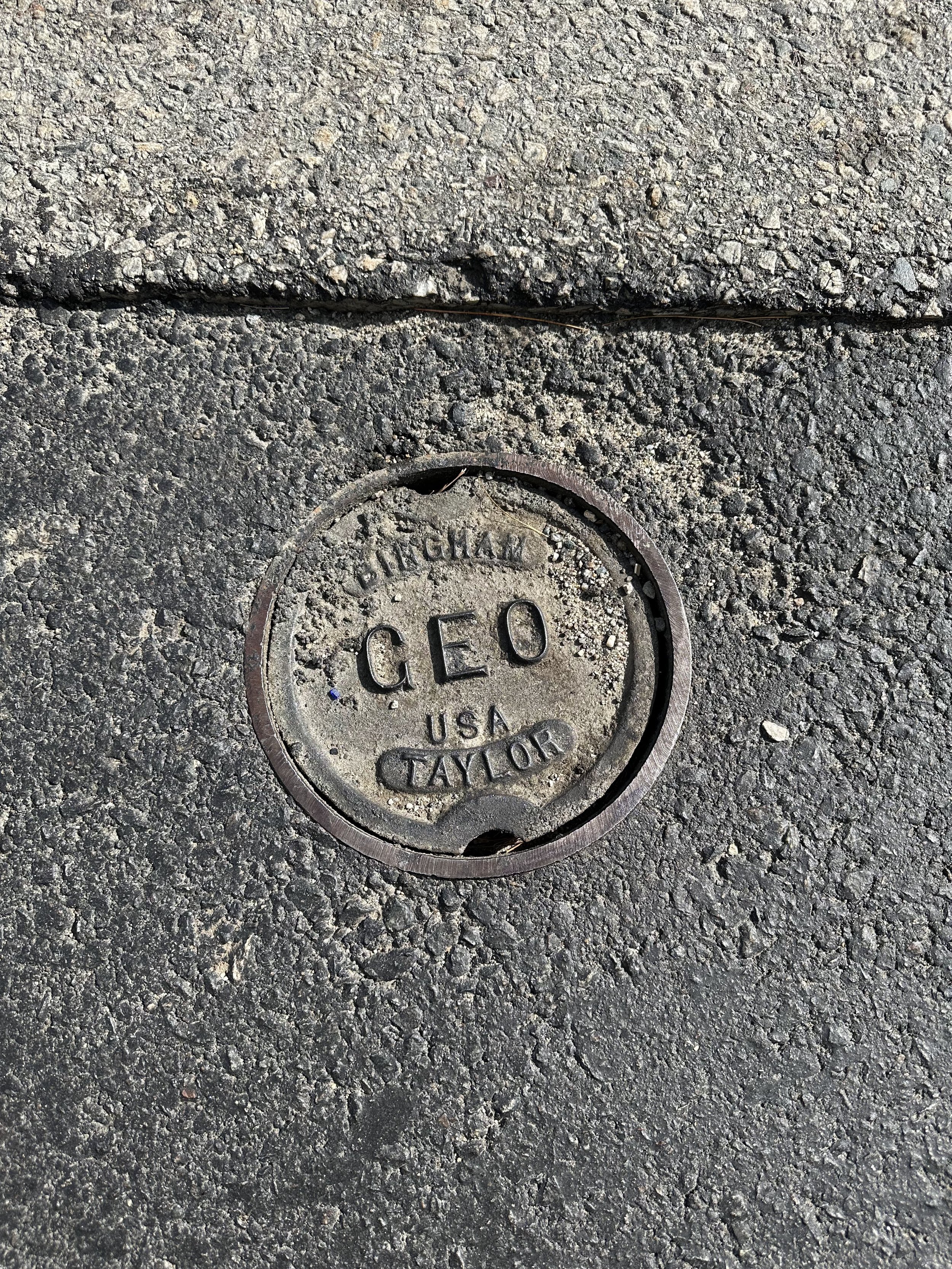Why Moving Heat matters . . .
and how we can do it in Vermont
Our panel Moving Heat: Thermal Solutions for Communities at the 2023 Renewable Energy Vermont conference was well-attended and covered:
Where geothermal is working in Vermont,
How Thermal Energy Networks work in comparable locations,
Why we need this solution in Vermont,
And how we can move heat in our communities.
One speaker invited us to reexamine assumptions he called myths that he promptly debunked:
MYTH #1: No one at the municipal level or in development knows how to install or manage these systems.
Actually, we do… Cities, towns, and developers know how to lay pipes and manage energy flows. They know how to raise capital for municipal projects and pay that back over time.
MYTH #2: All thermal networks have to be big to work.
Actually, they don’t… We can share heat between an ice arena and a nearby high school, a hospital and an adjacent senior housing complex, or a large grocery store next to an apartment building. We can start small and build a network over time.
MYTH #3: We can electrify everything.
Actually, we need to include other solutions… By re-using existing, local heat, we can reserve more electricity for other uses and lower peak electricity demands and costs. We can also diversify our energy sources to increase our resiliency and our independence from energy imports.
MYTH #4: Vermont is largely rural.
Actually… We have a lot of small cities and town centers that can share heat among buildings. With the growing need for housing, new wastewater systems, walkable communities, and new construction, we have many opportunities to create density and start sharing heat.
To learn more about moving heat and to share info with your community, see these resources on our website:
Energy from Wastewater: Capturing and reusing thermal energy from wastewater systems
Moving Heat: How Thermal Energy Networks recycle the heat we already have
Plus How Thermal Energy Networks Are Key To Successful Electrification: Harnessing, moving, and sharing the heat we already have can help us electrify our buildings efficiently, affordably, and reliably.
And if you haven’t seen it yet, check out our short video on Thermal Energy Networks.


